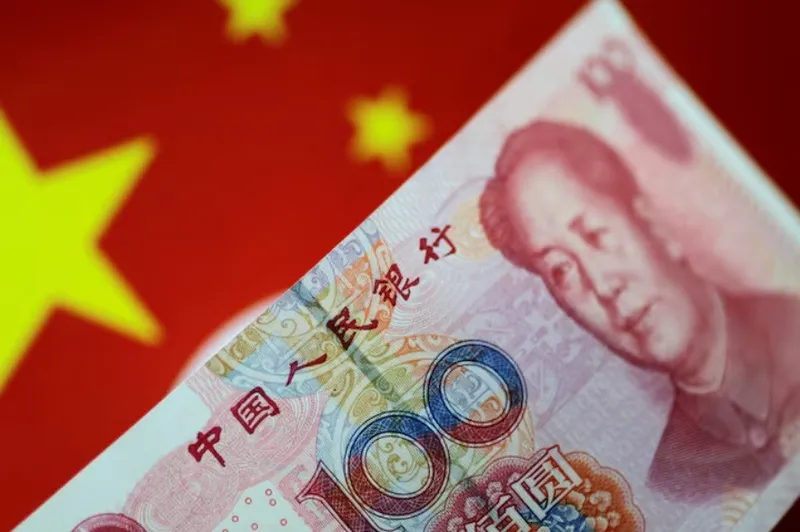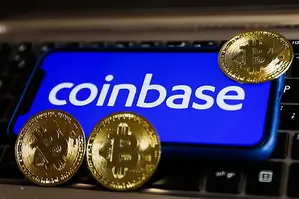In a landmark move, BRICS member China pushed the Chinese yuan for a loan of 14.2 billion yuan, equivalent to $1.98 billion, to Australia’s metals giant Fortescue. The deal was arranged by the People’s Bank of China (PBOC) and represents the largest offshore yuan. Australia’s top metals energy firm, Fortescue, accepted the yuan loan, and the US dollar played no role in the transactions. This marks a significant shift as the US dollar was the de facto currency for firms in Australia and other Western countries.
Also Read: Death of the US Dollar Has Begun With BRICS Rebellion, Says Forecaster
Big Win for BRICS: Australia’s Fortescue Loan Helps Yuan’s Globalization

Fortescue is the world’s fourth-largest iron ore producer, and its stock has risen by 196,500.00% since its IPO in 1999. BRICS member China gains the most from the deal as the yuan is being used for a loan of $1.98 billion to Australia. In addition, Fortescue will use the funds to purchase clean energy technology and other machinery from none other than China.
Things get really interesting here: The Australian firm will repay in the yuan after it sells iron ore to China. This creates a “cross-border closed-loop yuan financing solution” where China gains the most out of the deal. This is another way in which BRICS member China is globalizing the yuan through a loan to Australia. The US dollar is the hardest hit here, as historically, it should have been disbursed in the US dollar.
Also Read: Brazil Prepares BRICS Common Currency Reveal in Historic Shift

“This syndicated loan will facilitate the expansion of the company’s business cooperation with Chinese suppliers, effectively control exchange rate risks, and reduce overall financing costs, providing a strong demonstration effect,” the Bank of China said. Therefore, China controls the strings here where its currency is being used, and also receives business and goods in return. China is also considering disbursing similar loan to other BRICS members, like it did to Australia.






